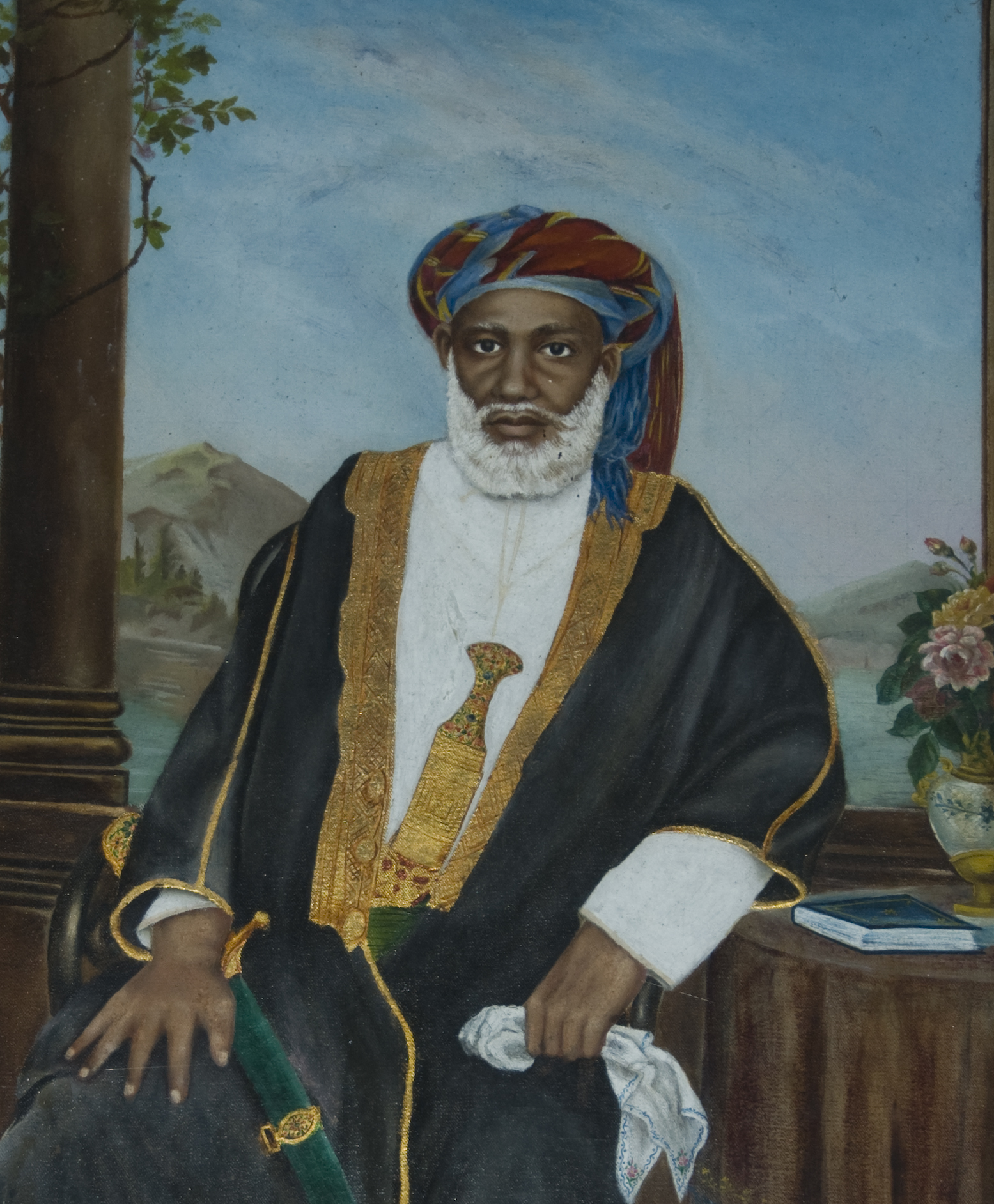|
Jean-Baptiste-Frézal Charbonnier
Jean-Baptiste-Frézal Charbonnier, M.Afr. (20 May 1842 – 16 March 1888) was a Catholic White Fathers missionary who was Vicar Apostolic of Tanganyika from January 1887 to March 1888. Jean-Baptiste-Frézal Charbonnier was born on 20 May 1842 in La Canourgue, France. He was ordained a priest of the White Fathers (Society of the Missionaries of Africa) on 22 May 1869. On 3 October 1884 the ''Missions Catholiques'' announced that it was proposed to consecrate Charbonnier, former principal of the missionary training college at Algiers, as Bishop and Vicar Apostolic of Tanganyika. Léon Livinhac had already been consecrated as Bishop and Vicar Apostolic of Nyanza on 16 September 1884. The two were to set out for their dioceses with a large staff. Charbonnier was stationed at Karema on the east shore of Lake Tanganyika when the French soldier Captain Léopold Louis Joubert arrived on 22 November 1886, on his way to provide assistance to the station of Mpala on the opposite shore o ... [...More Info...] [...Related Items...] OR: [Wikipedia] [Google] [Baidu] |
Apostolic Vicariate Of Tanganyika
Apostolic may refer to: The Apostles An Apostle meaning one sent on a mission: *The Apostles in the New Testament, Twelve Apostles of Jesus, or something related to them, such as the Church of the Holy Apostles *Apostolic succession, the doctrine connecting the Christian Church to the original Twelve Apostles *The Apostolic Fathers, the earliest generation of post-Biblical Christian writers *The Apostolic Age, the period of Christian history when Jesus' apostles were living *The ''Apostolic Constitutions'', part of the Ante-Nicene Fathers collection Specific to the Roman Catholic Church *Apostolic Administrator, appointed by the Pope to an apostolic administration or a diocese without a bishop *Apostolic Camera, or "Apostolic Chamber", former department of finance for Papal administration *Apostolic constitution, a public decree issued by the Pope *Apostolic Palace, the residence of the Pope in Vatican City *Apostolic prefect, the head of a mission of the Roman Catholic Church *Th ... [...More Info...] [...Related Items...] OR: [Wikipedia] [Google] [Baidu] |
Léopold Louis Joubert
Léopold Louis Joubert (or Ludovic Joubert) (22 February 1842 – 27 May 1927) was a French soldier and lay missionary. He fought for the Papal States between 1860 and 1870 during the Italian unification, which he opposed. He later assisted the White Fathers missionaries in East Africa and played an important role in the suppression of the slave trade between 1885 and 1892. He married a local woman and settled by the shore of Lake Tanganyika, where he lived until his death at the age of eighty five. Early years Léopold Louis Joubert was born at Saint-Herblon, France on 22 February 1842. As a child he wanted to be like the Christian warriors of the past. He was given the nickname "Ludovic" as a child, and was often called by this name as an adult. He attended school at Ancenis (1854–1858) and then Combrée (1858–1860). Joubert left school in 1860 to join the army that Pope Pius IX was raising to defend the Papal States as a member of the Franco-Belgian corps that was lat ... [...More Info...] [...Related Items...] OR: [Wikipedia] [Google] [Baidu] |
White Fathers Priests
White is the lightest color and is achromatic (having no hue). It is the color of objects such as snow, chalk, and milk, and is the opposite of black. White objects fully reflect and scatter all the visible wavelengths of light. White on television and computer screens is created by a mixture of red, blue, and green light. The color white can be given with white pigments, especially titanium dioxide. In ancient Egypt and ancient Rome, priestesses wore white as a symbol of purity, and Romans wore white togas as symbols of citizenship. In the Middle Ages and Renaissance a white unicorn symbolized chastity, and a white lamb sacrifice and purity. It was the royal color of the kings of France, and of the monarchist movement that opposed the Bolsheviks during the Russian Civil War (1917–1922). Greek and Roman temples were faced with white marble, and beginning in the 18th century, with the advent of neoclassical architecture, white became the most common color of new churches ... [...More Info...] [...Related Items...] OR: [Wikipedia] [Google] [Baidu] |

